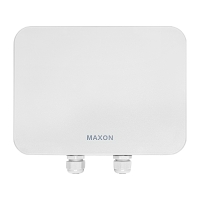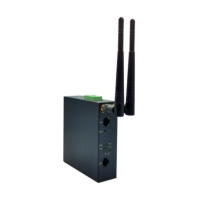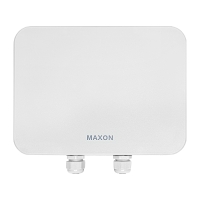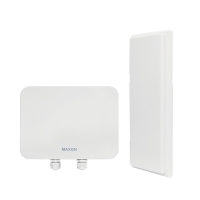What's the in-vehicle communication system?
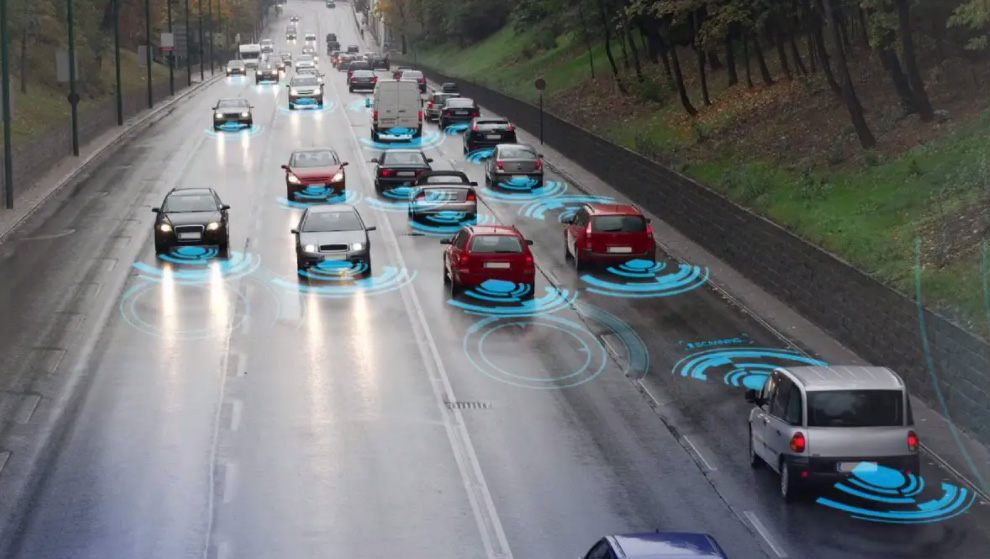
It's an interactive network composed of information such as vehicle position, speed and route. It's the combination of IoT, intelligent transportation, vehicle information services, cloud computing and automotive electronics technology.
Well-known unmanned driving, human-computer interaction, and intelligent voice recognition are all symbols of in-vehicle communication systems.
A car without the function of the in-vehicle communication system is like a computer that can't access the Internet.
The car with the system has more convenient functions such as navigation, road condition report and so on.
What is the function of the in-vehicle communication system?
1. ECU electronic control unit and OBD in-vehicle automatic diagnosis system
These two systems are responsible for monitoring and diagnosing the running status of the vehicle in the system. With the intelligent vehicle system, complete control of the vehicle can be achieved, such as intelligent parking, adaptive cruise, active collision prevention system.
2. Vehicle-machine interconnection
Mobile phone's content can be projected on the screen of the car, making the display more flexible and extensible, aiming to fundamentally change the car's audio-visual entertainment experience.
It eventually aims at developing towards the highly intelligent direction of human-computer interaction.
3. Unmanned driving
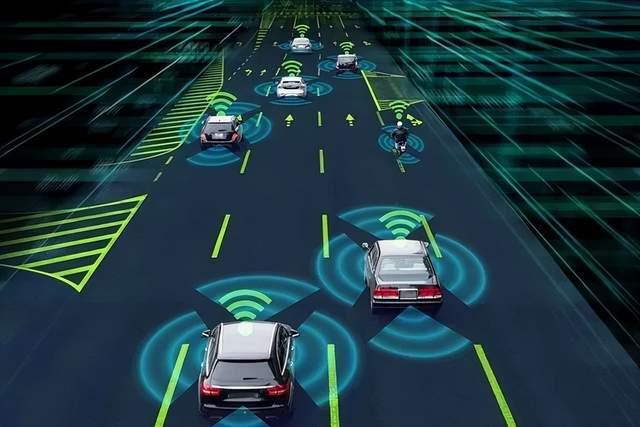
The classification of in-vehicle communication systems is different in Europe and the United States. It is now mainly proposed as five stages from the driving resource assistance stage, partial automation stage, conditional automation stage, highly automated stage to finally full automation.
At present, it's generally in the third stage. Still too many things need to be learnt including cloud computing, information processing, communication technology, intelligent transportation, data sharing, etc.
The benefits of in-vehicle communication systems
1. Convenient
Have you ever had such an experience: a small accident caused traffic jams? However, in the era of in-vehicle communication systems, each car has GPS positioning and an "eye", and the car can upload the road conditions to the traffic management department so that the cloud will control the traffic flow, carry out route planning, and avoid traffic congestion.
2. Safer
Driving safety is our top concern. To make the car actively explore the surrounding environment through its sensors to connect various traffic lights and other control signals in the city, realize automatic prompting, and avoid danger with the development of in-vehicle communication systems, it is not a dream to achieve zero traffic accident rate in the future.
3. Environmental-friendly
The low-carbon society can undertake 20% of energy savings and emission reduction. The smooth traffic network composed of people, vehicles and roads will greatly reduce additional fuel consumption and pollution.


